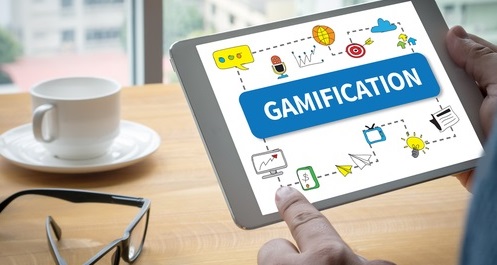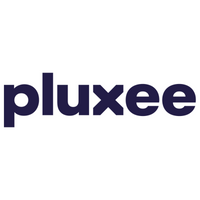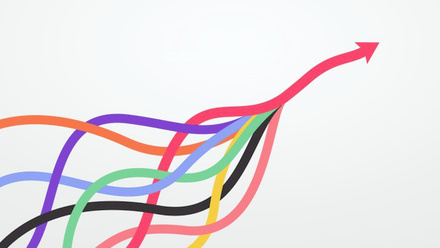Using digital gamification to incentivise and reward staff the fun way

There are a tonne of tried and tested ways to approach employee motivation, but possibly one of the most interactive and under-the-radar is ‘gamification.’
So, what is gamification?
Top down, it’s about rewarding behaviour and encouraging engagement through the playing of a game – rather than a static reward to claim.
The UK population really enjoys playing games, a massive 31.6 million people in the UK admit to playing games of one form or another
Is gamification right for you?
Incentivising targets and goals in the workplace has been around forever, but the actual rewarding of a good job has (and continues to) evolve, as techonologies and expectations grow and change.
Gamification is a great way to inject an extra bit of fun into a reward – but more than that, it’s also a brilliant way of gathering data on performance. Say for example if the game involves quiz questions on a new product for the sales’ teams… they can keep playing until their score is high and management can see which areas need a little extra support.
Deloitte's Leadership Academy, has been using gamification productively for a while - employing courses, quizzes and in-depth interaction to help them find the next leaders and top talent in the company.
Gamification Revolution author Gabe Zichermann, says: "We live in a world of increasing distraction and complexity, where organisations need to cut through the noise and users need systems that can help them achieve their full potential. Well done gamification has the power to accomplish that and more."
Who’s doing it well?
The Pew Research Center’s Internet & American Life Project and Elon University’s Imagining the Internet Center surveyed answers on the future of gamification and found that 53% of respondents felt that gamification will be widespread by 2020.
So, who’s using it already?
Uber uses gamification, allowing their drivers to earn badges from passengers instead of tips, for different service triumphs. Uber Compliments, can be awarded by passengers and boosts the popularity of drivers with accolades such as 'Entertaining Driver', ‘Excellent Service’, or even 'Awesome DJ',
Group product manager for driver engagement at Uber, Nundu Janakiram, said of the reward system: "If we can better understand what makes a five-star experience, we can better create the environment for those five-star experiences."
Gamification is more than a sales and service driver though, see L’Oréal’s great ‘Reveal’ example which is an online recruitment game which pits users against corporate challenges across multiple departments of the business.
Once Reveal was completed, the ‘gamer’ received feedback on their challenge performance and the best players were offered interviews at the organisation.
Gamification is a great tool for business providing it’s developed carefully. It's down to employee engagement and the overall needs of the business. How can gamification improve behaviour or engage staff in an innovative way? And why – what are the results?
Getting it right
Gamification and the right rewards go hand in hand. It’s important to find out what your employees actually want and value. No matter the industry, teams are made up of different personalities and age ranges, so understanding their needs and wants is key to success.
Between line managers and the HR team, there should be a good understanding of what motivates staff and what doesn't. Listening to staff is imperative and makes it much easier to get it right.
Gamification isn’t necessarily applicable to every business or employee, VP of corporate strategy and marketing at Cornerstone OnDemand Jason Corsello, argues it's down to what businesses are using gamification for…
"Gaming in the workplace doesn't mean giving the fastest worker $100 at the end of each day or throwing a wad of cash at the person who completes gamified training with a perfect score. In fact, this can alienate employees and make them feel as though they are playing against one another instead of with each other."
Gamification should be there to encourage brilliant behaviour, from a fantastic sale which is rewarded with a game and prizes - to specific knowledge quizzes that test product understanding. However it’s used, it’s important that it gives employees a great feeling and incentivises them, so personalised desired rewards (at the end) are key.
This article was provided by Sodexo.
Supplied by REBA Associate Member, Pluxee UK
Pluxee UK, is a leading employee benefits and engagement partner that opens up a world of opportunities to help people enjoy more of what really matters in their lives.







